Here in early 2024, AI has taken the world by storm. It appears nearly every company has branded their products with the “AI” keyword to match the hype. With such… Read More
5 FREE AI TOOLS TO BOOST ENGINEERING PRODUCTIVITY

| by Daniel Giles

Here in early 2024, AI has taken the world by storm. It appears nearly every company has branded their products with the “AI” keyword to match the hype. With such… Read More
| by Neil Foxman
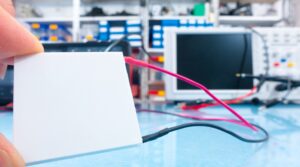
Did you know that you can chill objects below ambient temperature without a refrigerator? This can be done using devices called Thermoelectric Coolers, or TECs. TECs use electricity to move… Read More
| by Tristan Dudik
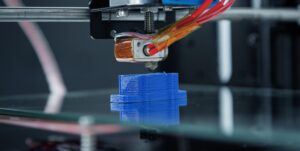
There is a lot of hype about 3D printing. 3D printing technologies have been transformative in many industries, including product development. With 3D printing we can get complex geometry in… Read More

If you are in the planning phases of your next engineering project, you are likely contemplating how to get it done. One option would be to outsource part or all… Read More
| by Kristin Pollock

In the face of escalating climate change concerns, the imperative for sustainable and eco-friendly solutions has never been more critical. The International Panel on Climate Change has set a goal… Read More
| by Doug Harriman
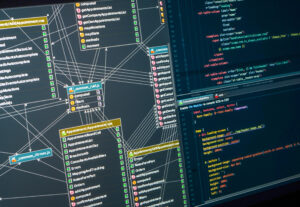
I recently listened to the November 21, 2023, episode of The Agile Embedded Podcast. In this episode hosts Jeff Gable and Luca Ingianni interviewed their guest Max Kolesnikov about Model… Read More
| by Kim Morch
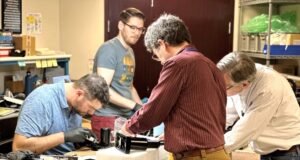
Embarking on the journey from prototype to mass production is a pivotal stage for any product. Many entrepreneurs may wonder why New Product Introduction (NPI) services are crucial to this… Read More
| by Katie Elliott

Embedded systems are in millions of products that we use every day. It’s easy to take it for granted that I can unlock my front door from my phone while… Read More
| by Daniel Giles and Ian Neunzig
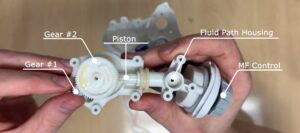
Packed with simplified design, the Waterpik Aquarius water flosser brings consumers a new approach to traditional flossing. Gone are the days of broken minty strings that often snap into your… Read More
| by Tristan Dudik
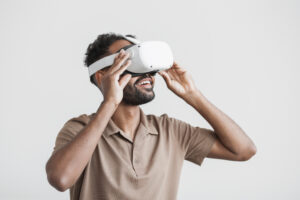
My wrists were naked from 2005 to 2019. It was 2005 that I got my first cell phone, a flip phone with a secondary display which displayed the time on… Read More
The design team works closely with the manufacturing team to enable a smooth transfer, often with Simplexity engineers traveling to the contract manufacturer sites to ensure product quality. The design is transferred to the client based upon specific needs, most often after all tests are complete and the design is verified.
Phase 2C iterates on the learnings of Phase 2B and involves a refined prototype build of a fully integrated system. Some projects also benefit from additional iterations of the product based on prior learnings through additional phases (2D, 2E, etc), which are not represented in this graphic. All requirements are intended to be tested, and at the end of Phase 2 there will be confidence that the units will pass verification in Phase 3. The Bill of Materials is further refined, and the team updates estimates for the per unit cost of the product by receiving pricing from vendors and suppliers.
The detailed design phase usually has multiple, iterative sub-phases as the design progresses and representative prototypes are built. Phases 2B and 2C are typically the largest efforts in the product development process, where the specific implementation for all disciplines occurs (mechanical, industrial design, electrical, firmware, systems, software, manufacturing, and quality).
Simplexity typically engages with production component suppliers and contract manufacturing groups early in this phase to provide additional manufacturing input on the design. If the product has stringent testing or certification requirements, pre-screens are performed in this phase prior to formal regulatory agency testing.
Simplexity has a dedicated New Product Introduction (NPI) team that can guide the transition from design into production. The NPI team presents multiple options for manufacturing to the client, allowing clients to choose the solution that best suits their needs. This can involve Simplexity performing initial builds in-house prior to full handoff to a contract manufacturer or building the product via established relationships with contract manufacturing partners either domestically or overseas early in the process.
The detailed design phase starts with defining options for the product architecture, with the goal of having the greatest chance of successfully meeting product requirements while best mitigating risk. Engineering activities in this phase include presenting options for hardware components, outlining the system block, sequence, and state diagrams, creating rough CAD, and breadboarding of high-risk subsystems. Results are presented with a description of the pros, cons, and key tradeoffs for each scenario.
